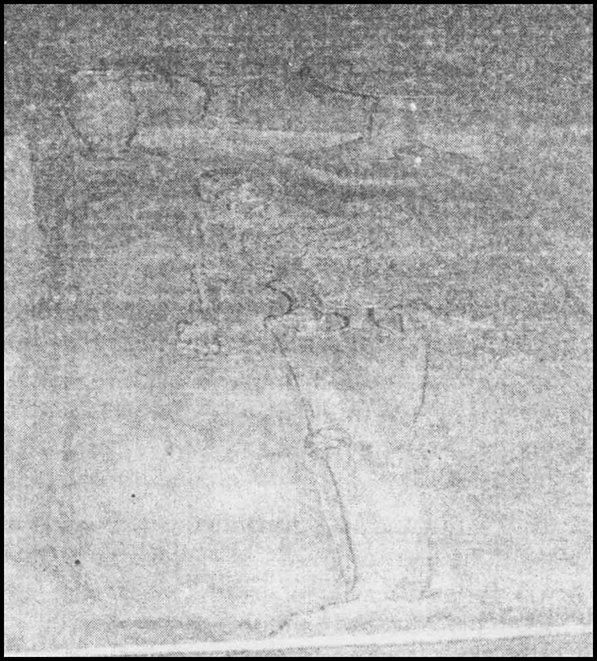Bricks, Beads And Bones
The most ancient system yet discovered About the drains, Mackay noted: “It is certainly the most complete ancient system as yet discovered. Every house was connected to the street drains. The main channels were made of bricks set in mortar and were covered with loose bricks that could be removed for cleaning. In some cases, limestone was used for the covers. House drains first emptied into a sump or cesspit into which solid matter settled while waste water flowed out into the street drains. Very long drainage channels were provided at intervals with sumps for cleaning. It is a wonder of archaeology that little heaps of material, mostly sand, have frequently been found lying alongside drainage channels, which shows .... that the debris was not always carted away when the drain was cleared”.
Drainage systems were not unique to the larger cities, but were found in smaller settlements as well. At Lothal for example, while houses were built of mud bricks, drains were made of burnt bricks.
A. Explain the ancient drainage system of the Harappans.
B. Explain the domestic architecture of the houses of Mohenjodaro.
C. What are the advantages of covered drains? Explain.
B. Houses: The houses of Mohenjodaro and Harappa were well planned. Houses were built of bricks, stone and mud mortar. They were built on both sides of the street. Their walls were thick and strong. The roofs were flat. There were few windows but more doors. Every house had kitchen, bathroom and courtyard. Many houses had their wells.
C. Advantages of covered drains :
(a) Covered drains can prevent people from dangerous diseases.
(b) This can set an example of a clean city.
(c) It can even stop the polluted air which can be there if it is uncovered.
(d) If the drain is covered it can be easily cleaned and maintained.
Sponsor Area
Some More Questions From Bricks, Beads And Bones Chapter
List the material used to make beads in the Harappan Civilisation. Describe the process by which one kind of bead was made.
Look at following fig. and describe what you see. How is the body placed? What are the objects placed near it? Are there any artefacts on the body? Do these indicate the sex of the skeleton?
Fig. A Harappan Burial
Describe some of the distinctive features of Mohenjodaro.
List the raw materials required for craft production in the Harappan Civilisation and discuss how these might have been obtained.
Discuss how archaeologists reconstruct the past.
Discuss the functions that may have been performed by rulers in Harappan society.
On given map, use a pencil to circle sites where evidence of agriculture has been recovered. Mark an X against sites where there is evidence of craft production and R against sites where raw materials were found.
Find out if there are any museums in your town. Visit one of them and write a report on any ten items, describing how old they are, where they were found and why you think they are on display.
Collect illustrations of ten things made of stone, metal and clay produced and used at present. Compare these with the pictures of the Harappan civilisation in this chapter, and discuss the similarities and differences that you find.
Mention the two sections of the Harappan settlements and give one main feature of each.
Mock Test Series
Sponsor Area
NCERT Book Store
NCERT Sample Papers
Sponsor Area